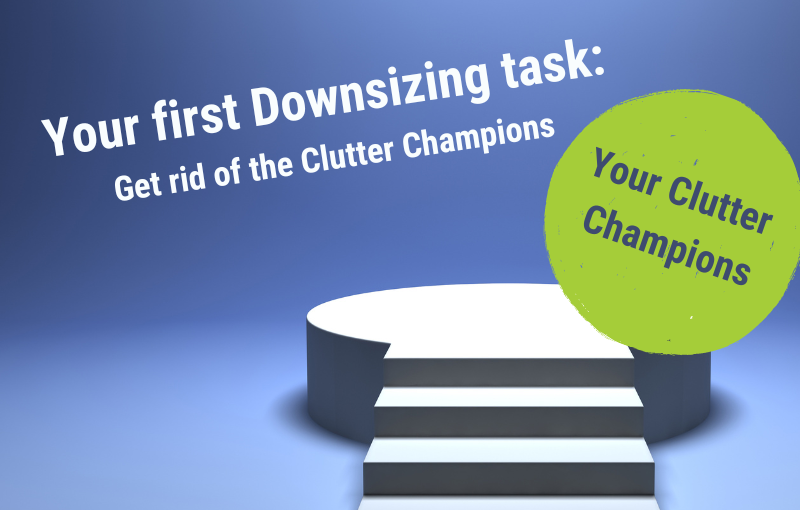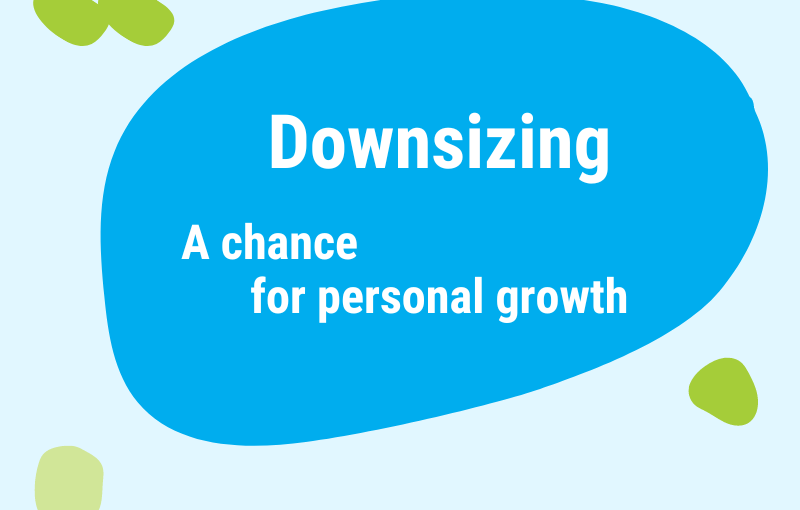Entering retirement is one of life’s biggest transitions.
After years of working, managing responsibilities, and keeping a structured routine, the shift into this new chapter can feel overwhelming. It’s not just about adjusting your daily schedule—it’s about redefining your identity, your purpose, and the way you live your life.
One of the hardest parts of this transition is letting go of the past.
We naturally hold onto belongings, routines, and even mindsets that served us well in our working lives. These things all served us well, but they can weigh us down as we step into retirement.
That’s where practical decluttering projects come in.
By letting go of physical items tied to your past, you not only create physical space in your home but also mental clarity and emotional freedom.
One powerful place to start is with your work-related clothes.
A Step-by-Step Guide to Decluttering Your Work Clothes
You can follow this simple step-by-step process in one day.
However, if you take the time to do it over a few days, you will get more insights from it.
Step 1: Take Inventory
-
- Start by removing all your work-related clothes from the wardrobe – suits, shirts, blazers, dresses, shoes, etc.
- Lay everything out where you can see it and sort your clothes into categories (e.g., all shirts in one pile, all jackets in another).
- Write down how many items you have in each category.
- While sorting, take a moment to write down any thoughts or emotions that come up. Do you (still) feel attached to these clothes? Do they (still) feel like parts of your identity?
Step 2: Assess Future Needs
-
- Review the list you made.
- Ask yourself how many items from each category you realistically need to keep for future occasions. This could be for personal events, volunteering, or other post-retirement activities.
- Write down your chosen numbers for each category – how many suits, shirts, or pairs of shoes do you want to keep?
Step 3: Pick Your Favorites
-
- Now, sort through the piles/categories again and pick only the favourite pieces that fit your chosen numbers. These should be clothes you feel confident about keeping.
- Gather them all together in one area of your wardrobe.
- Notice how you feel as you select these pieces. Do they still feel relevant to who you are now? Do they align with the person you want to be in retirement? Do you look forward to wearing them again? How do you feel about keeping these clothes and giving the rest away?
Step 4: Let Go
-
- Take all the clothes and shoes you’ve decided not to keep and place them in donation bags or boxes. Put these in your car, ready to be donated to a charity or someone who could use them.
- Observe how it feels to remove these items from your home physically. (You’re not just clearing space – you’re releasing old versions of yourself that no longer serve your future!)
- How do you feel about letting go of these clothes? Are you excited, nostalgic, or maybe a bit relieved?
Step 5: Organise What’s Left
-
- Now that your wardrobe is pared down, take out the items you’ve chosen to keep.
- Clean the wardrobe, put your clothes on nice hangers, and arrange them neatly.
- This is a symbolic act of creating space for your new life. Enjoy the process of organising your wardrobe with fewer, carefully selected pieces.
- How do you feel seeing your simplified, organised wardrobe? Does it give you a sense of clarity and calm?
Step 6: Drop Off Your Donations
-
- Drive the bags of clothes to a charity shop or donation centre. Completing this step reinforces your commitment to moving forward.
- The act of giving away your work clothes can be both a letting-go process and an act of generosity, helping others who need these items.
- How does it feel to finally say goodbye to your old work clothes? What does this symbolise for your new stage of life?
Step 7: Celebrate
-
- Take a moment to celebrate. Whether you share a photo of your now clutterfree wardrobe with friends or treat yourself to something special, acknowledge the work you’ve done.
- This exercise is about more than decluttering—it’s about creating space for the future.
- Reflect on the whole process. What have you learned about yourself? What new opportunities or possibilities do you feel are now open to you?
Final Thoughts:
Decluttering your work clothes is just one step, but it’s an important one.
Letting go of items tied to your old identity creates room for a new version of yourself. Every piece of clothing you release is a symbolic gesture, showing you are ready to embrace your new life in retirement.
Remember, decluttering doesn’t have to be done all at once. Take your time, reflect as you go, and appreciate the mental and emotional space you’re creating for your future.
Ready to start your decluttering journey?



